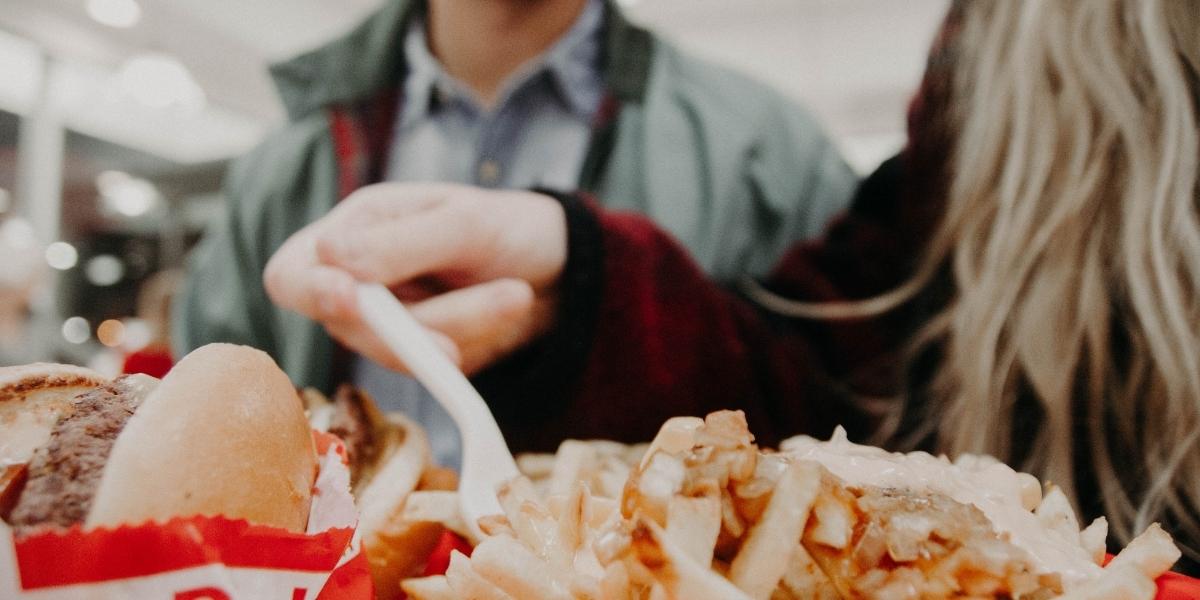The truth about carbs

If you missed the BBC’s The Truth About Carbs documentary, we strongly suggest you catch it on iPlayer. Featuring Dr Xand van Tulleken, a self-professed lover of carbs, the show looks to separate fact from fiction. Are carbs good or bad for us?
Carbohydrates sit at the centre of our diets and as a nation we love them. However, with 63% of adults in the UK overweight and obesity on the rise, experts are now pointing the finger at carbs.
Dr van Tulleken explains the difference between fibre, starch and sugar and why this is important for us. Here is his super simple breakdown…


Too many bad carbs
The problem is that overall we’re eating too many of the wrong carbs. According to Dr van Tulleken, the average person consumes around seven tonnes of the ‘Beige’ and ‘White’ carbs during their lifetime.
Meanwhile we’re not getting enough of the healthy ‘Green’ carb, known as fibre. Food that is high in fibre (think fresh fruit and veg) releases energy more gradually than the other carbs, so does not tend to make us fat. Instead, it keeps you fuller for longer, is good for the gut and is thought to reduce the risk of bowel cancer by 30%.
What happens when we eat too many white and beige carbs?
Starch and sugar are quickly broken down into glucose and used as energy. But eat too many carbs and this can be stored as fat.
Too much glucose in the bloodstream can also make us resistant to insulin, which can lead to type 2 Diabetes. A disease that is characterised by weight gain and can cause blindness, limb-loss even death.
Take the cracker test to see how well your body copes with digesting carbs…
Three simple steps to a healthier you
1. Eat smart
How low carb you go depends on your goals – make them work for you. Remember to consider the quality of calories and not just the number of calories. Be smart and replace dense, refined Beige and White carbs with nutritious Green ones.

2. Choose lifestyle over diet
Healthy eating is not just a diet but a lifestyle, so find food that you enjoy and keep it balanced. Making small, sustainable adjustments to your diet (like cutting out sugar) can reduce your waistline, improve your blood sugar levels to leave you happier and healthier.
But don’t forget, a healthy lifestyle isn’t just about what you are eating. Combine a healthy diet with regular exercise, a good night’s sleep and try to limit stress where you can.
3. Add a little Purition for simple low carb nutrition
If you don’t have time to cook, but still want a healthy breakfast, lunch or snack, try Purition.
Made with only natural wholefood ingredients, Purition is low in carbs and offers a balanced combination of protein, healthy fats and fibre. Packed with nutty goodness, it gives you the right nutrition and is slow releasing so will keep you full for longer.
Say goodbye to calorie counting and be carb smart with Purition – low in carbs and the right kind of carbs. A nutritious and delicious anytime meal that is gluten-free, vegetarian friendly and (optionally) vegan.

Read more...
How to use Purition for weight loss
Ashley's keto transformation & Purition review
Healthy eating: Form the foundation
Why aren't I losing weight?
Reasons & fixes
What you should do next...
1. Subscribe to our newsletter
Subscribe to our newsletter for the latest news, recipes and advice about healthy eating.
2. Try Purition for 14 days
Unlock all the benefits of a whole foods diet with none of the effort. Get 2 weeks of easy nutritious meals & pick your own flavours!


